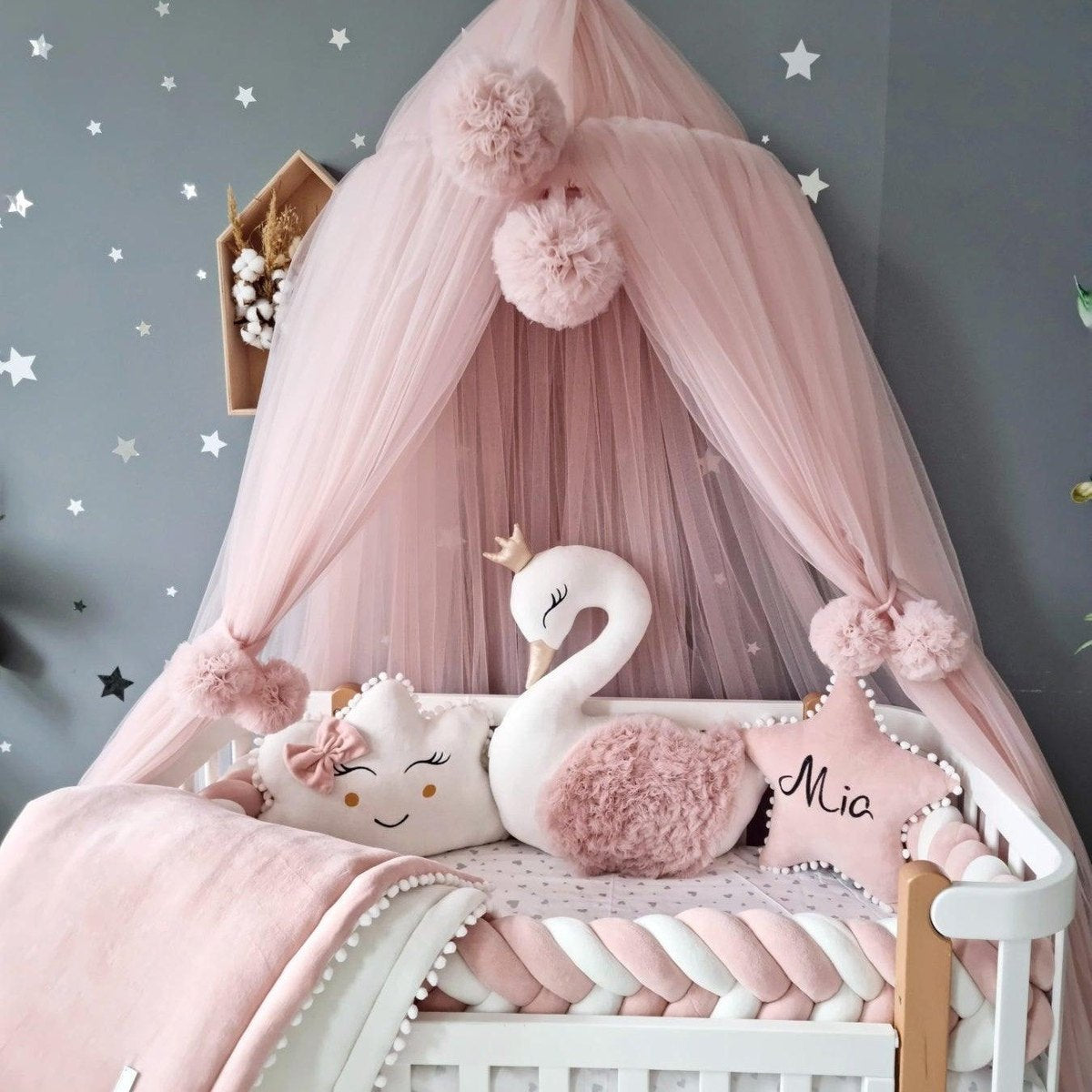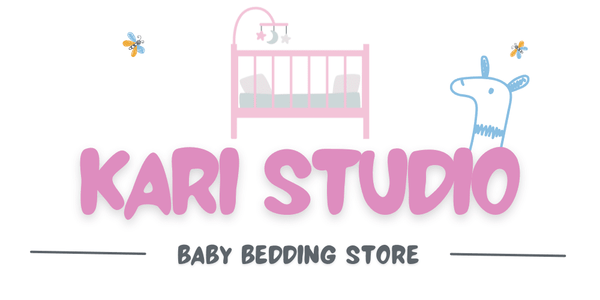Parents sorting through bedtime options usually land on two main choices for newborns: cribs or bassinets. Here is something most people miss. Bassinets are only recommended until about 4 to 6 months or 20 pounds while many cribs safely handle your child from day one to 50 pounds and beyond. The real surprise is how much your decision matters for both sleep quality and daily life because those differences in design actually shape your baby’s comfort and safety in ways that go way beyond just looks.
Table of Contents
- Defining Cribs And Bassinets: What They Are
- Why Choosing Between A Crib And Bassinet Matters
- How Cribs And Bassinets Work For Infant Sleep
- Key Differences In Safety And Design Features
- Choosing The Right Option For Your Lifestyle
Quick Summary
| Takeaway | Explanation |
|---|---|
| Bassinets are suitable for newborns. | Bassinets are designed for infants up to 4-6 months, providing a secure sleeping space during those early months. |
| Cribs support longer-term use. | Cribs can be used from birth through toddlerhood, often converting into toddler beds for continued use. |
| Space and mobility matter in choice. | Bassinets are ideal for small living areas and traveling families, while cribs require more dedicated space. |
| Budget affects decision for parents. | While bassinets are cheaper initially, cribs offer long-term value, as they cater to various growth stages. |
| Safety features differ significantly. | Bassinets have softer structures for newborns, whereas cribs have robust designs to support active toddlers. |
Defining Cribs and Bassinets: What They Are
Parents navigating the world of infant sleep solutions often encounter two primary sleeping spaces: cribs and bassinets. While both serve the fundamental purpose of providing a safe sleeping environment for babies, they have distinct characteristics and recommended usage periods. Understanding the nuanced differences between these infant sleeping options is crucial for ensuring your baby’s comfort and safety.
What is a Bassinet?
A bassinet is a compact, portable sleeping area specifically designed for newborns and very young infants. Typically smaller and more lightweight than cribs, bassinets feature lower sides that make it easier for parents to reach and attend to their babies during nighttime feedings and care. These sleeping spaces are engineered to provide a cozy, confined environment that helps newborns feel secure. Bassinets are generally recommended for infants from birth to approximately 4-6 months or until the baby can roll over, push up, or shows signs of attempting to climb out.
What is a Crib?
In contrast, a crib represents a more permanent, sturdy sleeping solution intended for older infants and toddlers. Cribs are larger, with higher sides and more robust construction, designed to accommodate a child’s growing mobility and increasing size. Most cribs can be used from birth through toddlerhood, often converting into toddler beds to extend their functional lifespan. They provide a structured, safe sleeping environment with fixed or adjustable mattress heights to match your child’s developmental stages.
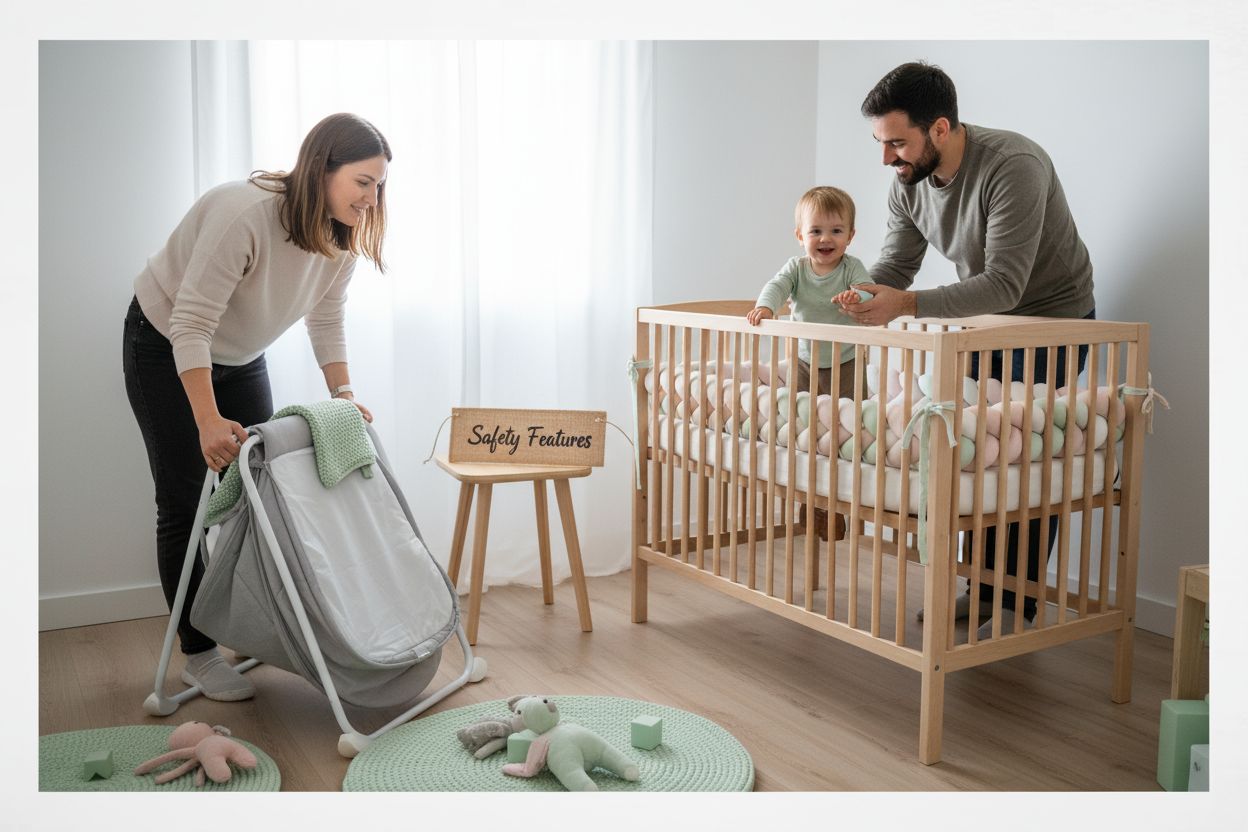
Key differences between cribs and bassinets include:
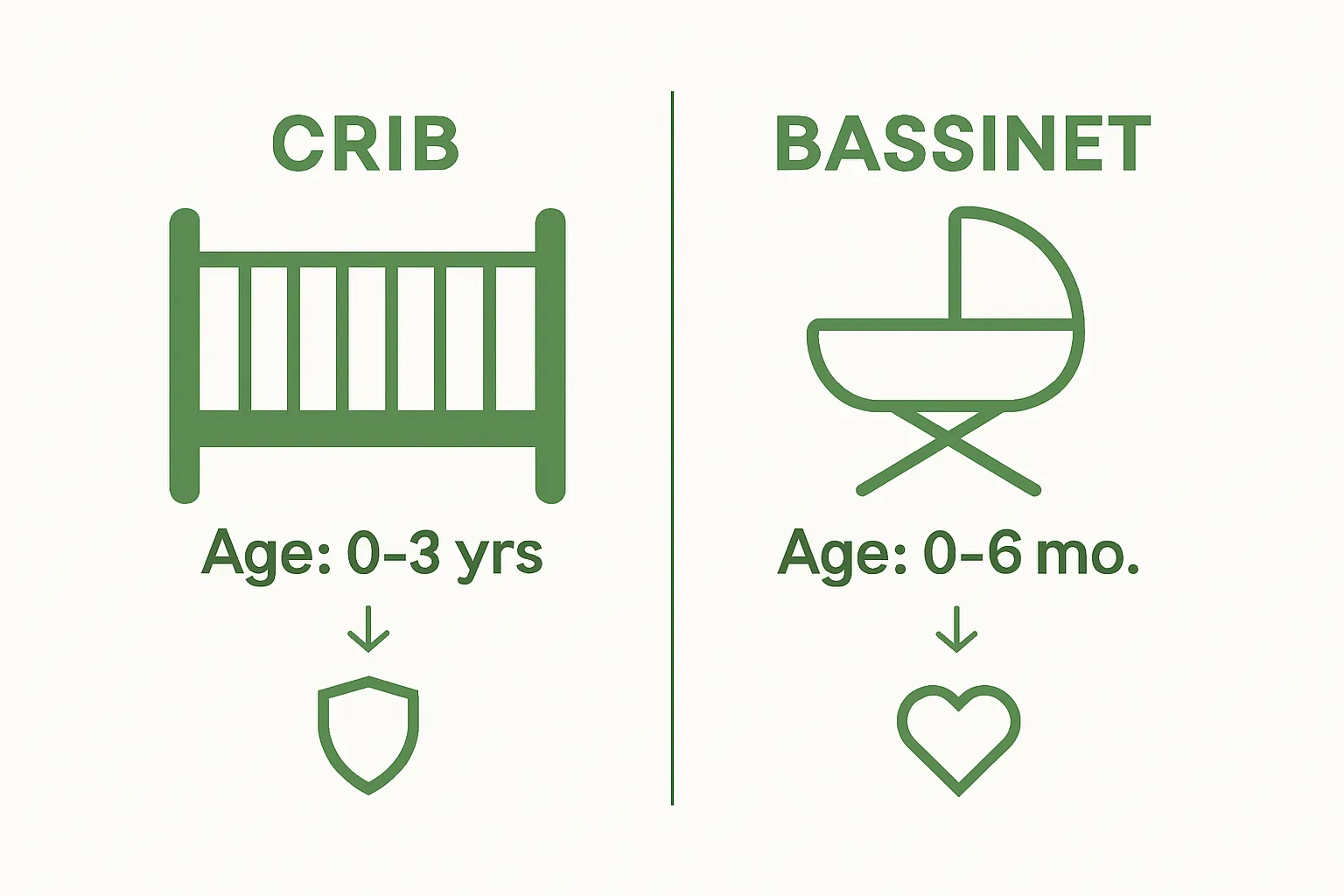
- Size and Portability: Bassinets are smaller and easily movable, while cribs are larger and more stationary.
- Age Suitability: Bassinets are best for newborns, cribs accommodate children through toddlerhood.
- Safety Features: Cribs have higher sides and more rigid construction compared to the softer, more compact bassinet design.
Our comprehensive guide on baby sleep solutions can help you make an informed decision about which sleeping option best suits your infant’s needs.
Why Choosing Between a Crib and Bassinet Matters
Selecting the right sleeping environment for your infant is more than just a matter of preference.
According to pediatric sleep safety guidelines, the choice between a crib and bassinet can significantly impact your baby’s comfort, safety, and developmental needs.
Safety and Developmental Considerations
The sleeping space you choose plays a critical role in your infant’s early growth and protection. Bassinets provide an intimate, secure environment specifically designed for newborns, offering proximity for nighttime care and creating a sense of comfort. However, they have a limited usage window. As babies become more mobile, typically around 4-6 months, they require a more structured sleeping environment that prevents potential accidents.
Cribs, with their robust design and higher sides, accommodate a child’s increasing physical capabilities. They offer a long-term sleeping solution that adapts to your child’s developmental milestones. The adjustable mattress heights and sturdy construction ensure safety as your infant transitions from a immobile newborn to an active toddler.
Practical Implications for Parents
Beyond safety, the crib versus bassinet decision involves practical considerations that affect daily family life. Key factors include:
- Space Constraints: Bassinets are compact and easily movable, ideal for smaller living spaces or families who want to keep the baby close.
- Budget Management: While bassinets are less expensive initially, cribs offer long-term value by serving multiple stages of childhood.
- Convenience and Mobility: Bassinets allow easy room-to-room movement, whereas cribs are more stationary.
Learn more about selecting the right infant sleeping solution to make an informed decision that supports your baby’s growth and your family’s lifestyle.
How Cribs and Bassinets Work for Infant Sleep
Understanding the mechanics of infant sleeping spaces goes beyond their physical design. Safety standards and sleep science reveal critical insights into how cribs and bassinets support an infant’s sleep environment and developmental needs.
Sleep Environment Design
Bassinets are engineered to mimic the confined, secure feeling of the womb. Their smaller dimensions create a cozy microenvironment that helps newborns feel protected and calm. The lower sides allow parents easy access for nighttime feedings and comfort, while the compact structure helps reduce unnecessary movement that might startle or wake the baby.
Cribs, in contrast, provide a more expansive sleeping area designed to accommodate a child’s increasing physical mobility. The larger space and adjustable mattress heights support different stages of infant and toddler development. As babies grow and become more active, cribs offer the structural integrity to prevent accidental falls while allowing natural movement during sleep.
Sleep Safety Mechanics
Both sleeping options have distinct safety mechanisms that protect infants during their most vulnerable sleeping periods. Key protective features include:
- Firm Mattress Support: Prevents suffocation risks by maintaining a flat, stable sleeping surface
- Breathable Side Walls: Ensures proper air circulation and reduces overheating dangers
- Secure Railings: Prevents accidental rolling or climbing out as babies become more mobile
Explore our comprehensive guide to infant mattress safety to understand how these design elements work together to create a secure sleep environment for your baby.
Key Differences in Safety and Design Features
Parents must understand the critical safety nuances between cribs and bassinets, as these differences directly impact infant protection. Recent federal regulations have established stringent guidelines to ensure these infant sleeping environments meet rigorous safety standards.
Structural Integrity and Design
Bassinets are designed with lightweight, portable structures that prioritize short-term infant comfort. Their construction typically features mesh or thin fabric sides, allowing maximum visibility and airflow. Cribs, by contrast, offer robust wooden or metal frame construction with permanently fixed, high railings that can withstand increased physical pressure as babies become more active.
The structural differences extend beyond mere appearance. Bassinets usually have a weight limit of 15-20 pounds and are recommended for use until the infant can roll over or push up. Cribs provide a more durable solution, accommodating children up to 50 pounds and often featuring convertible designs that transition from infant bed to toddler bed.
Safety Feature Comparisons
Both sleeping options incorporate critical safety mechanisms, but their approaches differ significantly. Important safety considerations include:
- Mattress Firmness: Both require extremely firm surfaces to prevent suffocation risks
- Side Wall Construction: Bassinets use breathable mesh, while cribs use solid, fixed railings
- Movement Restrictions: Cribs prevent climbing and rolling out, bassinets offer limited mobility control
Discover more about infant sleep safety standards to make an informed decision that protects your child’s well-being.
Choosing the Right Option for Your Lifestyle
Selecting between a crib and bassinet involves more than safety considerations. Pediatric experts recommend evaluating your family’s unique living situation to determine the most appropriate sleeping solution for your infant’s first months.
Space and Mobility Considerations
Bassinets excel in compact living environments, offering parents maximum flexibility. Their lightweight design and small footprint make them ideal for apartments, shared bedrooms, or homes with limited space. Cribs represent a more permanent installation, requiring dedicated nursery space and less mobility. The choice often depends on your home’s layout and your family’s daily routines.
The table below compares the primary features and considerations of bassinets and cribs to help parents assess which sleeping option best fits their needs.
| Feature | Bassinet | Crib |
|---|---|---|
| Recommended Age | Birth to 4-6 months | Birth to toddlerhood (up to 50 lbs) |
| Size & Portability | Compact, lightweight, and portable | Large, stationary, requires dedicated space |
| Safety Features | Lower sides, mesh or soft fabric | High fixed sides, sturdy frame |
| Usage Period | Short-term (until baby rolls over/sits up) | Long-term, often convertible to toddler bed |
| Cost | Lower initial cost, limited value duration | Higher upfront cost, greater long-term value |
| Mobility | Easy to move room-to-room or travel | Not easily movable |
| Lifestyle Suitability | Ideal for small spaces and frequent travel | Best for dedicated nursery and long-term use |
For families who travel frequently or have multiple residences, bassinets provide unparalleled portability. Many modern bassinet designs include collapsible frames and carrying cases, allowing seamless transitions between home, grandparents’ houses, or vacation destinations. Cribs, being stationary by nature, demand more strategic planning for families with dynamic lifestyles.
Financial and Long Term Planning
Budget-conscious parents must consider the long-term investment of their infant’s sleeping arrangements. While bassinets are typically less expensive initially, they have a shorter usage window of approximately 4-6 months. Cribs, though more costly upfront, offer extended utility through convertible designs that can adapt from infant to toddler beds.
Key lifestyle factors to consider include:
- Living Space Constraints: Apartment dwellers might prefer bassinet mobility
- Budget Flexibility: Cribs offer longer-term value despite higher initial cost
- Frequency of Travel: Portable bassinets suit families with dynamic lifestyles
Explore our comprehensive guide to nursery planning to make an informed decision tailored to your family’s unique needs.
Create a Safer and Cozier Sleep Space for Your Baby
Choosing between a crib and a bassinet often brings up important worries for new parents. You want to give your newborn a secure place to sleep yet wonder how to keep them safe as they grow and become more active. If you have just learned the differences and now need to make that sleep space truly comfortable and protected, we have practical solutions for your peace of mind. For newborns in bassinets or as your child outgrows their first bed, our focus is on comfort and safety. Take a look at the Handmade Baby Nests and Snuggle Nests for Newborns. These are designed to fit both cribs and bassinets and create a more snug and secure environment. They help you address early challenges in sleep transition and support healthy development.
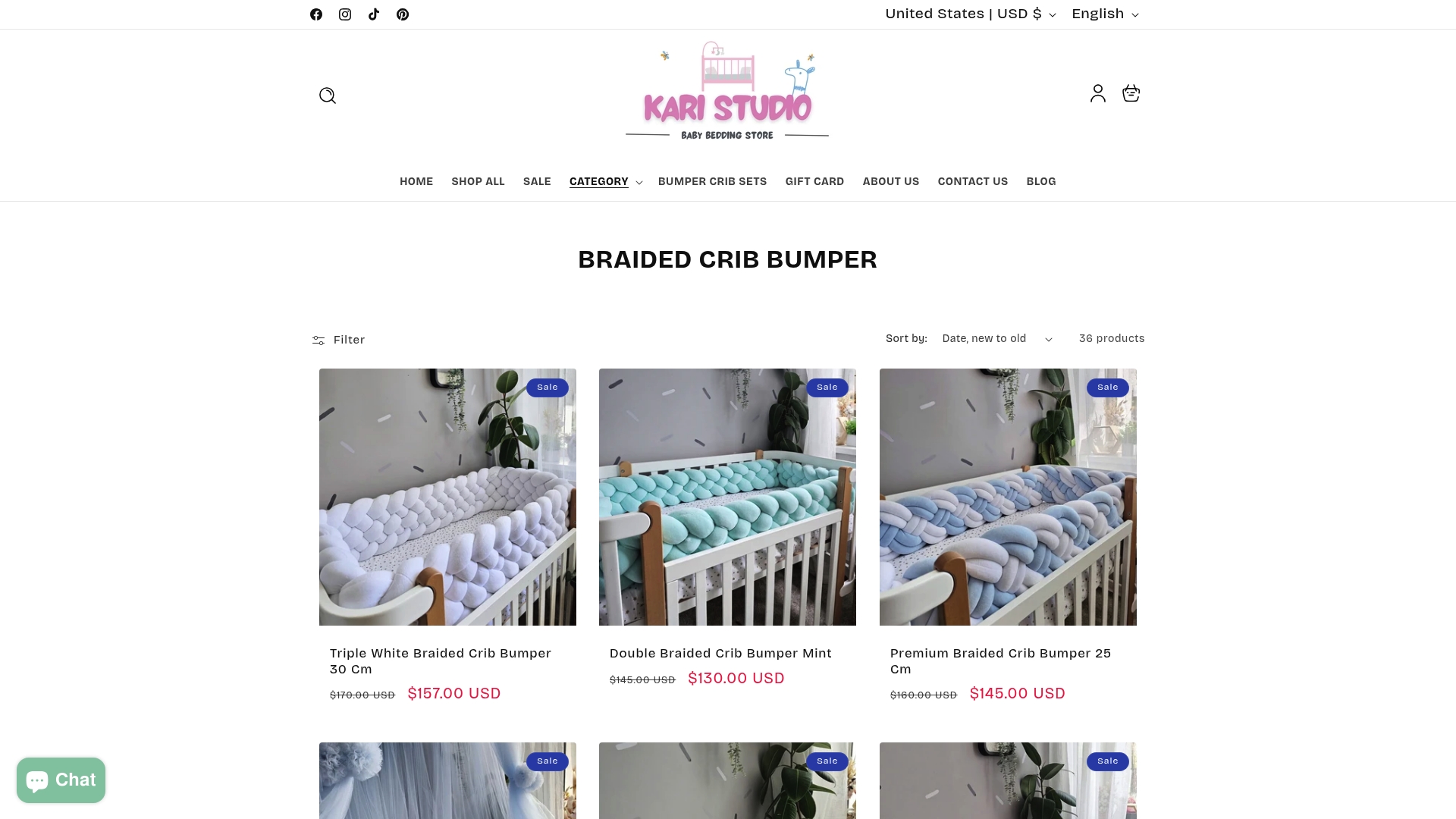
Ready to take the next step and solve the safety and comfort challenge for good? Add a touch of both protection and style with our braided crib bumpers. For parents shopping for boys, browse dedicated handmade cot bumper sets for boys to complete your nursery. Find what you need at KariStudio’s full collection and create a space where your baby sleeps safely, every night. Act now while your newborn needs the best support for those crucial first months.
Frequently Asked Questions
What is the main difference between a crib and a bassinet?
A crib is a larger, more permanent sleeping space designed for infants and toddlers, while a bassinet is a smaller, portable sleeping area specifically for newborns.
How long can I use a bassinet for my baby?
Bassinets are generally recommended for use from birth to approximately 4-6 months, or until your baby can roll over or climb out.
Are cribs safer than bassinets for infants?
Cribs are considered safer for older infants due to their higher sides and sturdier construction, which prevents accidental rolling or climbing out as the baby becomes more mobile.
Should I choose a crib or a bassinet based on my living space?
If you have limited space and need a portable sleeping solution, a bassinet may be the better option. Cribs require more space and are less mobile, making them suitable for dedicated nursery areas.
